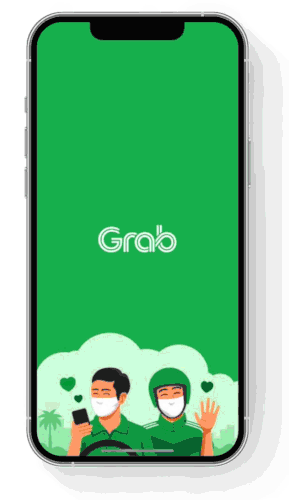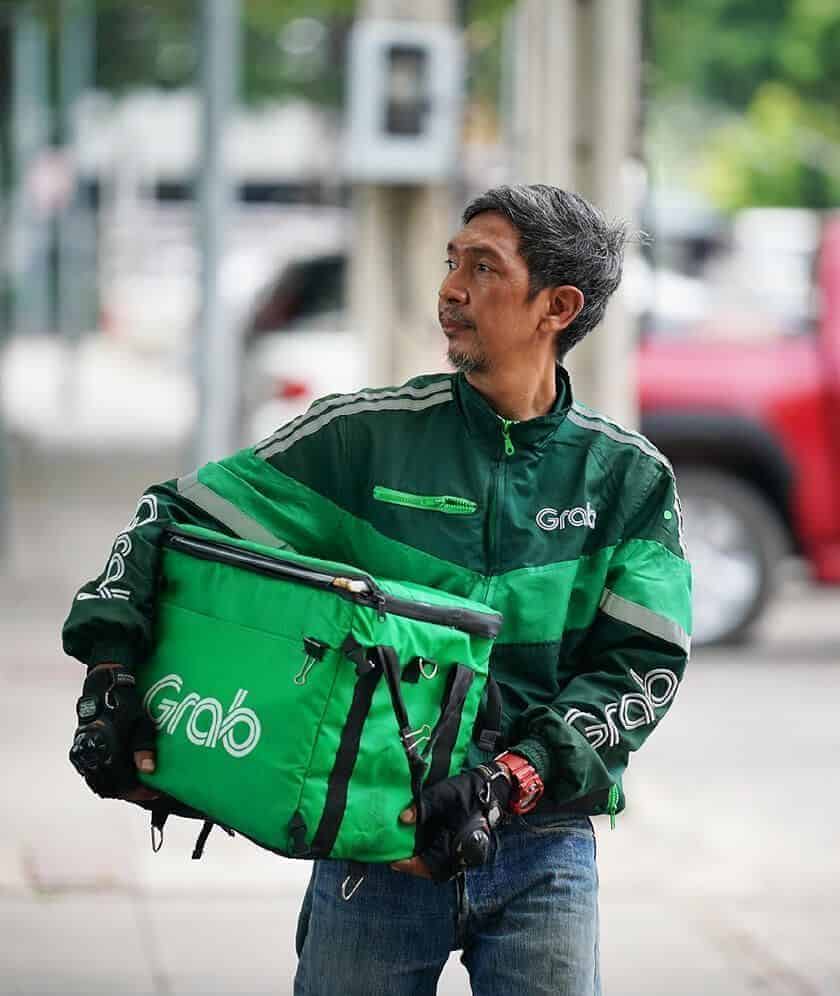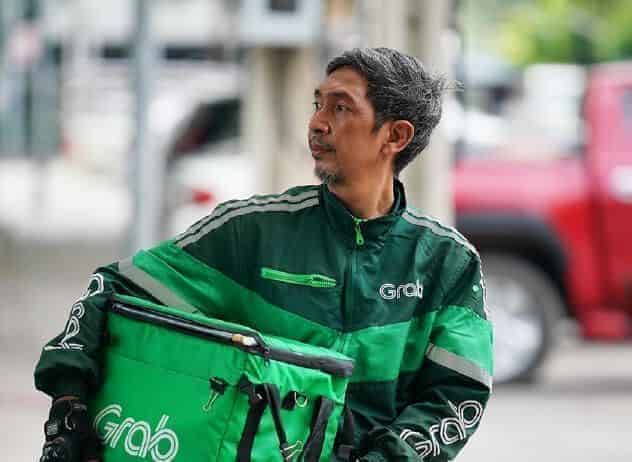Before Covid-19 halted global travel almost completely, visitors to Southeast Asia had been doubling in the past decade.
Now with lockdowns and restrictions in the rear view mirror, travel is rebounding at a speed that is gathering pace.
Indonesia, for starters, easily met its foreign visitor target for 2022 by recording almost 5.5 million visitors and is expecting more than 7 million in 2023.
[Read more: Grab sees comeback in international travelling]
Singapore’s international visitor arrival numbers hit 957,605 in February 2023, a new record since the pandemic. The country’s tourism authority is expecting 12-14 million visitors in 2023, with a full recovery on the slate by 2024.
Thailand, meanwhile, is confident it will welcome more than 30 million foreign tourists in 2023.
Given Southeast Asia’s popularity among international travellers, Grab has been gearing itself up for the boom in travel activity expected in our eight markets in the region.
Rethinking the traveller experience
We found that two-thirds of non-Southeast Asian travellers on Grab first download and register an account while still in their home country.
To help them prepare for their trips, we now greet users who launch the app outside of Southeast Asia with a welcome screen that’ll let them select their destination city. They can then check routes they plan to take, research places of interest or food outlets near their hotel, and save these as preferred points so they can select these easily when they’ve arrived.

To support key incoming markets, the Grab app is available in Chinese, Korean, and Japanese. And in popular cities in Indonesia, Vietnam and Thailand, the GrabFood team has also made local food outlets more accessible to international tourists with translated menus in English. Chinese menus are also coming soon to some Indonesian cities.
This is because the team observed that tourists are increasingly using multiple services on our superapp. In Bali for example, we saw the traveller contribution to our food delivery sales grow from around 10 per cent to about 15 per cent between December 2022 and March 2023.
Work continues on expanding the list of supported cities with translated menus, so more travellers can order a meal easily to their hotels.
Integrations: Supporting Chinese travellers with WeChat
For users who are coming into Southeast Asia without the Grab app, we recently launched new third-party integrations, to introduce them to the Grab experience in an app they already have.
In December 2022, we formed a partnership with WeChat to integrate Grab services directly onto the Chinese superapp.
The Grab Mini Program (Grab境外叫车) gives WeChat users access to Grab’s ride-hailing services in more than 500 cities across eight Southeast Asian countries.
Users can also pay their fares via WeChat Pay in Chinese yuan through the Mini Program.
WeChat is practically ubiquitous in mainland China, with 1.31 billion monthly active users as of Q3 2022.
Outside of WeChat, Android users can download the app for their devices, because many in mainland China don’t have access to the Google Play Store. This is planned to help users set up their Grab accounts before arriving in Southeast Asia.
China was a top contributor of foreign tourism arrivals to Southeast Asia before Covid-19 hit, with some 32 million coming through in 2019—a figure that is almost a quarter of the region’s total arrivals. Grab’s data also shows that Chinese travellers formed the largest group of non-Southeast Asian people using the Grab app that year.
With China’s borders finally reopened, figures also show that this popularity is not waning and Chinese travellers now favour travelling to Southeast Asia over other places.
Kakao integration
KakaoTalk is to South Korea what WeChat is to mainland China. It has more than 47 million active users within the country and 53 million globally, and is by far the most widely used app by South Koreans.
In 2022, we partnered with Kakao to allow users to use the Kakao T app—its transportation service—to access Grab services across eight Southeast Asian countries. Users can specify their departure and destination information, then have it translated into the local language automatically.
Riding beyond Southeast Asia
Our added capacity to support overseas users also applies to outbound travellers going out of Southeast Asia, and it is something Grab has been pouring effort into even before the pandemic.
In 2019, we partnered Splyt Technologies (recently acquired by Kakao) to let Grab users book rides in Japan and the Middle East.
This opens access to five Japanese cities (Tokyo, Kyoto, Sapporo, Nagoya and Okinawa) and 94 cities across 13 Middle Eastern nations, and is available to Grab users in Singapore and the Philippines. Ride bookings in Japan are fulfilled by JapanTaxi, while those in the Middle East are fulfilled by Careem.
With Grab’s in-app messaging feature that translates, passengers and drivers can also communicate with each other in their preferred languages.
3 Media Close,
Singapore 138498
Komsan Chiyadis
GrabFood delivery-partner, Thailand
COVID-19 has dealt an unprecedented blow to the tourism industry, affecting the livelihoods of millions of workers. One of them was Komsan, an assistant chef in a luxury hotel based in the Srinakarin area.
As the number of tourists at the hotel plunged, he decided to sign up as a GrabFood delivery-partner to earn an alternative income. Soon after, the hotel ceased operations.
Komsan has viewed this change through an optimistic lens, calling it the perfect opportunity for him to embark on a fresh journey after his previous job. Aside from GrabFood deliveries, he now also picks up GrabExpress jobs. It can get tiring, having to shuttle between different locations, but Komsan finds it exciting. And mostly, he’s glad to get his income back on track.

